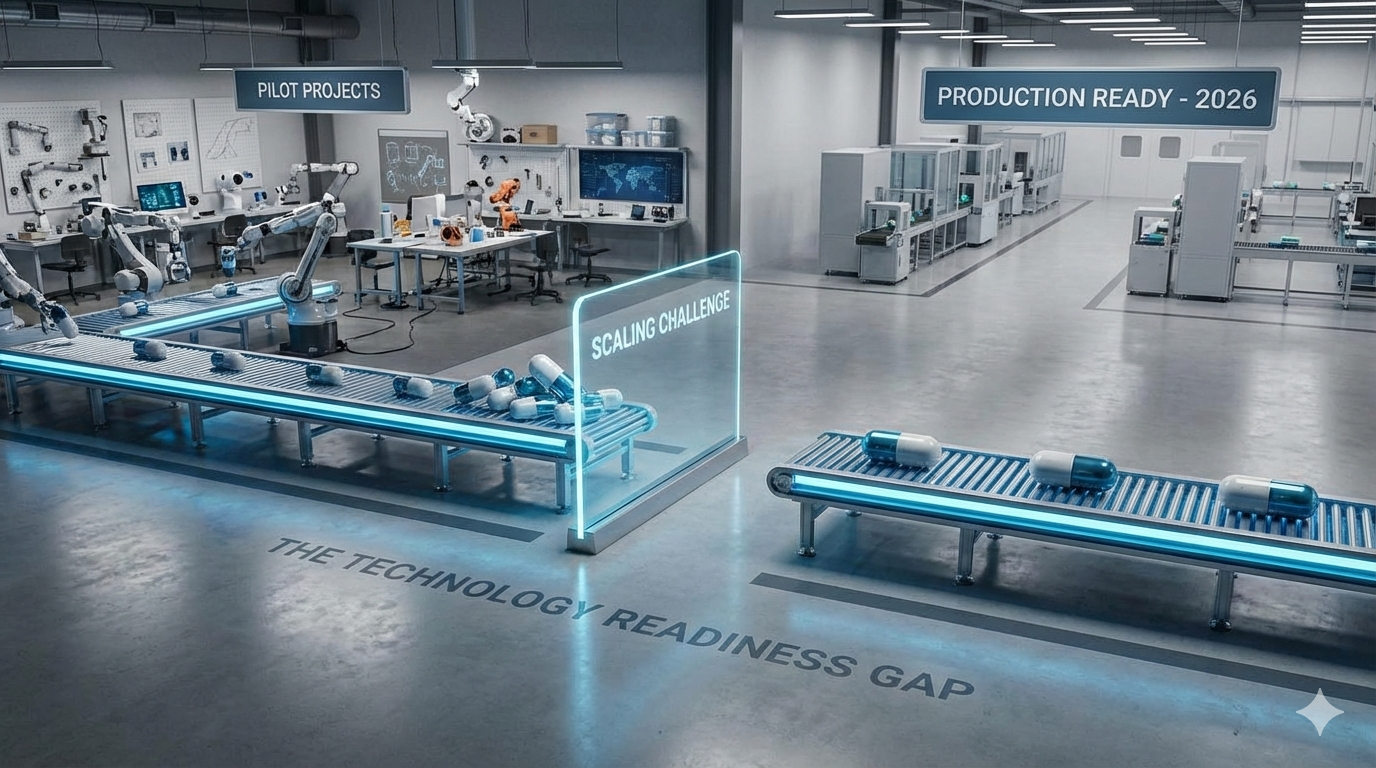When is the right time to issue an RFI vs RFP?
An RFI (Request for Information) and an RFP (Request for Proposal) are both types of procurement documents used in business transactions, but they serve different purposes.
An RFI is a preliminary request for information sent by a potential buyer to potential suppliers. Its purpose is to gather information about products, services, or solutions that may be available in the market. RFIs are often used to research and evaluate various options before making a decision on which suppliers to invite to submit proposals in response to an RFP.
An RFI is typically sent during the initial stage of the procurement process, which is often referred to as the pre-solicitation phase. At this stage, the buyer is still in the process of gathering information and researching potential suppliers, products, or services that may be available in the market.
Sending an RFI can help the buyer to:
- Gather information about the products or services available in the market and identify potential suppliers
- Understand the capabilities, experience, and expertise of potential suppliers
- Identify the latest technologies and innovations available in the market
- Identify any potential issues or challenges that may arise during the procurement process
By sending an RFI early in the process, the buyer can obtain valuable information that will help them make informed decisions about the procurement process, such as whether to proceed with an RFP, which suppliers to invite to respond to an RFP, and how to structure the procurement requirements.
When drafting an RFI for technology vendors, consider these Q's:
- What types of technology solutions or services do you offer?
- How does your technology solution differ from other solutions on the market?
- What is the implementation process for your technology solution?
- Can you provide examples of how your technology has been successfully implemented in other organizations?
- What is the cost structure of your technology solution?
- What is the timeline for implementing your technology solution?
- What level of customer support do you offer for your technology solution?
- How do you ensure the security and confidentiality of data in your technology solution?
- How do you handle upgrades and maintenance for your technology solution?
- What is your company's experience and expertise in the industry?
When to issue the RFP?
An RFP, on the other hand, is a formal request made by a buyer to potential suppliers to submit proposals outlining the details of the products or services they offer, the costs involved, and any other relevant information. The purpose of an RFP is to solicit detailed proposals from potential suppliers so that the buyer can compare and evaluate them in order to make a final purchasing decision.
When issuing an RFI and RFP , how can Open AI help?
With all the news about Open AI, I thought it would be good to update this post by posing this question to Chat GPT-4. Here is the response.
A: OpenAI can help in various stages of issuing a Request for Information (RFI) and Request for Proposal (RFP):
- Research: OpenAI can help gather preliminary information about the market, potential vendors, and solutions that fit your organization's requirements. It can also help you understand industry best practices and standards.
- Drafting RFI/RFP: OpenAI can assist in creating well-structured RFI and RFP documents by providing guidelines, templates, or even generating specific sections of the document based on your requirements. It can ensure your RFI/RFP covers essential aspects such as project scope, evaluation criteria, timeline, and submission guidelines.
- Evaluating responses: When you receive responses from vendors, OpenAI can help review and analyze the submitted documents. It can assist in identifying critical points, comparing vendor proposals, and even ranking them based on predefined evaluation criteria.
- Shortlisting vendors: OpenAI can help you make informed decisions by providing insights and recommendations based on the analysis of the received proposals. It can also assist in preparing a shortlist of the most suitable vendors for further consideration.
- Managing communication: OpenAI can help you draft clear and concise communication with the vendors throughout the RFI/RFP process. This includes sending queries, providing clarifications, and even drafting follow-up emails to keep the process moving smoothly.
To leverage OpenAI for these tasks, you can use the OpenAI API to integrate the AI capabilities into your existing software or tools. This will enable your organization to automate and streamline the RFI/RFP process, saving time and resources while ensuring a thorough and efficient approach.
What have we learned?
An RFI is used for preliminary research to gather information about available options, while an RFP is used to request detailed proposals from suppliers and evaluate them for a final purchasing decision. As for Open AI, it's worth exploring its basic utility.
How can Traction Technology help?
Traction Technology is a ground-breaking platform engineered expressly to eliminate internal innovation silos, thereby enabling enterprises to seamlessly collaborate and align their business needs with promising technologies. By providing dynamic features that promote collaboration and innovation, they aim to accelerate digital transformation in the enterprise.
Here's how Traction Technology can help:
.png)
Discovery of Relevant Startups: Traction Technology helps established companies discover relevant advanced technologies aligned with their strategic goals and innovation areas. It curates startups based on different industries, technology trends, and areas of business interest, making it easier to find potential partners or investment opportunities and share this information across the enterprise.
Collaboration and Engagement Tools: Traction Technology offers tools that help manage the engagement process with startups. It provides a structured approach to evaluating, tracking, and managing interactions with multiple startups across multiple project and pilots, improving efficiency and collaboration.
Data-Driven Insights: The platform provides data-driven insights to help make informed decisions. This includes information on startup funding, growth indicators, customers and competitors, which can help in assessing potential startup partnerships.
Innovation Pipeline Management: Traction Technology aids in managing the innovation pipeline. It helps companies capture ideas and request and track innovation projects, monitor progress, and measure results in real time, promoting a culture of continuous innovation.
Track KPIs and Generate Custom Reports: Effortlessly track Key Performance Indicators (KPIs) with real time dashboards and generate custom reports tailored to your organization's unique requirements. Stay
.png)
ahead of the curve by monitoring projects progress and engagement.
By leveraging a platform like Traction Technology, established companies can gain a competitive edge, driving their digital transformation journey and adapting to the fast-paced business environment. It supports the integration of startup agility, innovation, and customer-centric approach into their operations, which is critical for success in the digital age.
About Traction Technology
We built Traction Technology to meet the needs of the most demanding customers, empowering individuals and teams to accelerate and help automate the discovery and evaluation of emerging technologies. Traction Technology speeds up the time to innovation at large enterprises, saving valuable time and money by accelerating revenue-producing digital transformation projects and reducing the strain on internal resources, while significantly mitigating the risk inherent in working with early-stage technologies.
Let us share some case studies and see if there is a fit based on your needs.
Traction Report Update: 23 ways AI could transform your business in 2023.
For more information
● Explore our software and research services.
● Download our brochure: How to Evaluate Enterprise Startups.
● Watch a demo of our innovation management platform and start your free trial.









.webp)